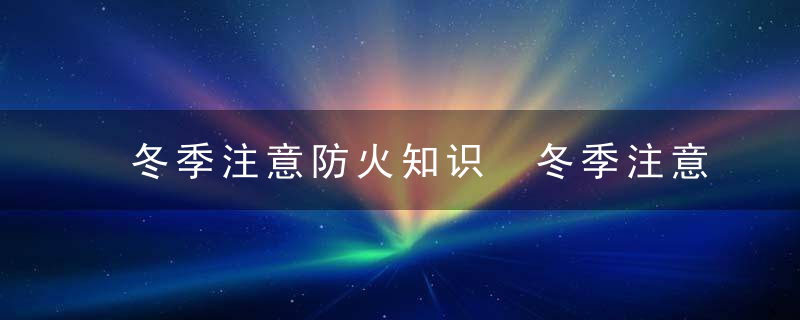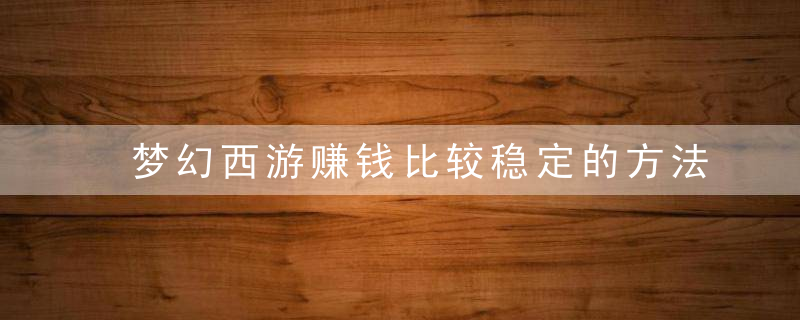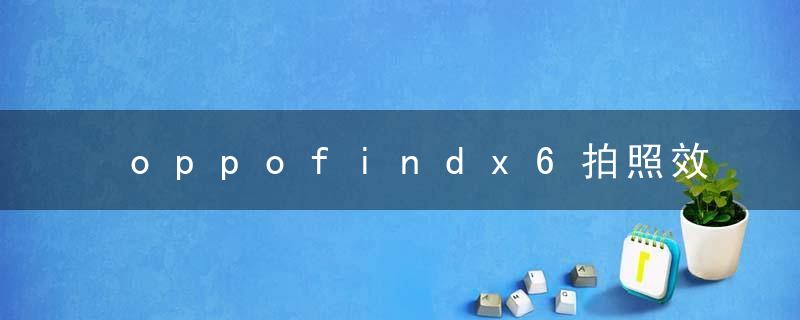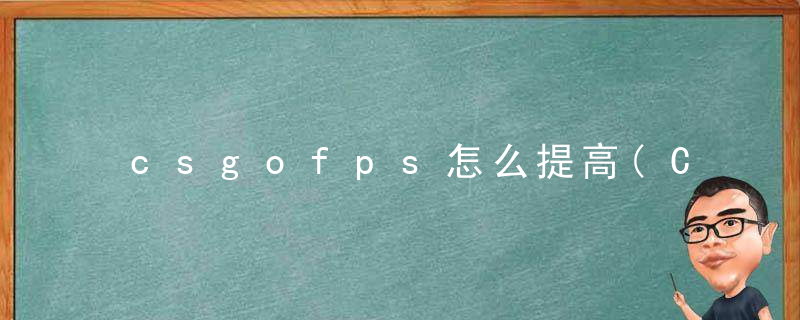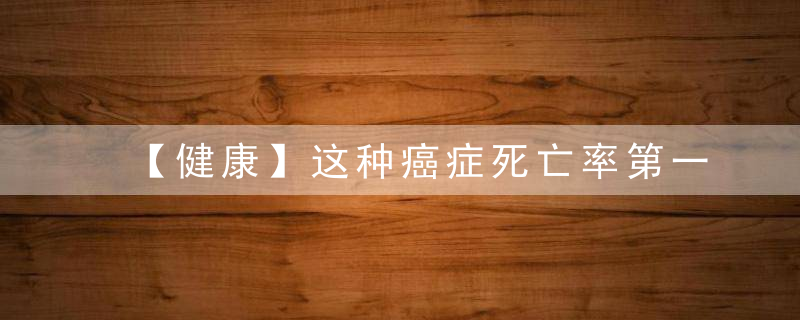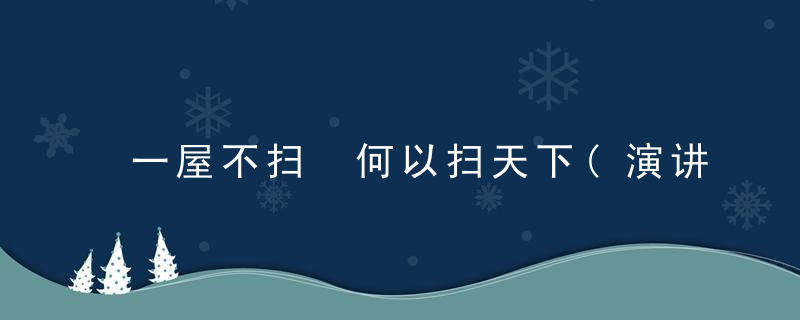阅读理解细节理解题设置试题方式及解题策略
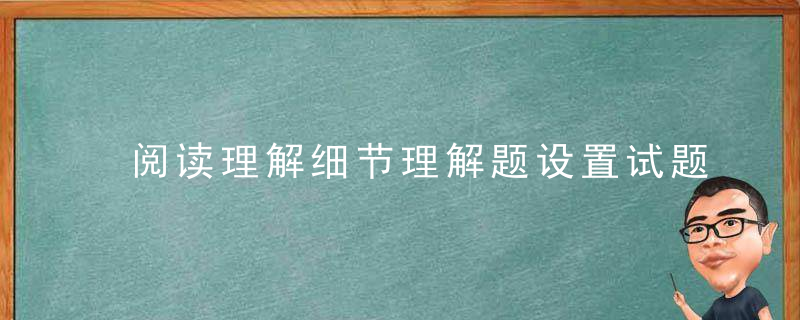
阅读理解细节理解题设置试题方式及解题策略
高考阅读理解文章仍将取材于原版英语材料,内容新颖,语言地道,题材和体裁多样,更加重视考查考生对语篇的分析和推测能力,特别是对长难句的理解能力。
细节理解题
【基础知识梳理】
从历年高考试题看,考查细节理解的试题包括考查具体信息的理解、数字计算与转换和对文中涉及的若干信息按时间或空间等进行排列。
阅读理解试题中细节理解的试题所占比例最大,比如2014年全国课标卷I和课标卷II共有16题,2013年全国课标两套卷共有22题考查考生对语篇相关细节的理解能力,分别占阅读理解部分的53%和73%,相对于阅读理解的另外三大主要题型而言,考生在细节理解试题上面丢分最多。那么,高考阅读理解考查细节理解的试题有哪些特点,我们该如何提高细节理解的答题正确率呢?
【核心考点讲练】
考查细节理解的试题通常会围绕下面这些内容设置试题:
1.考查对具体事实的认定
此类试题要求考生对阅读材料中的某一具体事实和细节进行理解。常见的命题方式:1.以what,who,when,where,how,which, how many/much等疑问词开头的特殊疑问句;2.判断是非题,询问“下面陈述哪项是对的/错的”,或“除了_____,其余陈述都是对/错的”;3.以according to开头的提问形式;4.填空形式。
解答事实认定类细节理解题要注意了解干扰项的特点:
1)是原文信息,但不是题目所要求的信息;
2)符合常识,但不是文章内容;
3)与原文内容相似,但在某个细节的陈述有变动;
4)意思与原文的叙述大相径庭或完全相反;
5)部分正确,部分错误。
在解答事实认定试题时可用寻读法,即先读题,再带着问题快速扫描短文,找出与问题相关的词句,再对相关部分进行分析对比,找出正确答案。
做细节理解题时,考生容易出现下面这些问题:
1)准确率高,但阅读速度太慢,缺乏一定的快速阅读技巧;
2)阅读速度快但准确率低。要想快速准确地解答此类试题,不必通篇细看原文,可“带着问题找答案”,用略读、跳读及查读,快速在文章中寻找与此问题相关的段落、语句,仔细品味,确定答案。有时候还能用排除法.将“无此细节”和“与此细节相反”的选项排除。
2.考查数字计算能力
数字计算题会出现在多种体裁的文章中,可能涉及年代、人物年龄、需付钱数等方面的数字计算,此类试题要求考生根据材料所给的相关数字或信息,通过整理、运算得出正确答案。解决方法:首先要弄清各数字之间的关系,选准比较的数字,然后弄清换算方式,确定换算方法,快速解决问题。
3.考查顺序排列是否正确
考查形式是在选项中列举一些具体事实,要求考生对这些事实进行排序。这就要求考生根据动作发生的时间顺序以及句子之间的逻辑关系,找出事件发生、发展的正确顺序。做这种题时可采用“首尾定位法”,即最先找出第一个动作和最后一个动作,迅速缩小选择范围,从而快速选出正确答案。
【典例1】(2014·新课标全国卷I)
The Cambridge Science Festival Curiosity Challenge
Dare to Take the Curiosity Challenge!
The Cambridge Science Festival (CSF) is pleased to inform you of the sixth annual Curiosity Challenge. The challenge invites, even dares school students between the ages of 5 and 14 to create artwork or a piece of writing that shows their curiosity and how it inspires them to explore their world.
Students are being dared to draw a picture, write an article, take a photo or write a poem that shows what they are curious about. To enter the challenge, all artwork or pieces of writing should be sent to the Cambridge Science Festival, MIT Museum, 265 Mass Avenue, Cambridge 02139 by Friday, February 8th.
Students who enter the Curiosity Challenge and are selected as winners will be honored at a special ceremony during the CSF on Sunday, April 21st. Guest speakers will also present prizes to the students. Winning entries will be published in a book. Student entries will be exhibited and prizes will be given. Families of those who take part will be included in the celebration and brunch will be served.
Between March 10th and March 15th, each winner will be given the specifics of the closing ceremony and the Curiosity Challenge celebration. The program guidelines and other related information are available at: cambridgesciencefestival.org.
21.Who can take part in the Curiosity Challenge?
A. School students. B. Cambridge locals. C. CSF winners. D. MIT artists.
22.When will the prize-giving ceremony be held?
A. On February 8th. B. On March 10th. C. On March 15th. D. On April 21st.
【文章大意】本文是一篇应用文。介绍剑桥大学第六届创新挑战赛的参赛通知。该通知介绍了参赛对象、参赛项目和奖项的设置等方面的事项安排。
21.A细节理解题。从文章第一段第二句的The challenge invites, even dares school students between the ages of 5 and 14 to create artwork or a piece of writing that shows their curiosity and how it inspires them to explore their world.不难得知该比赛是让学生来参赛的,因此选A。
22.D细节理解题。从文章第三段第一句的Students who enter the Curiosity Challenge and are selected as winners will be honored at a special ceremony during the CSA on Sunday, April 21st中不难得知颁奖的日期是4月21日。故选D。


